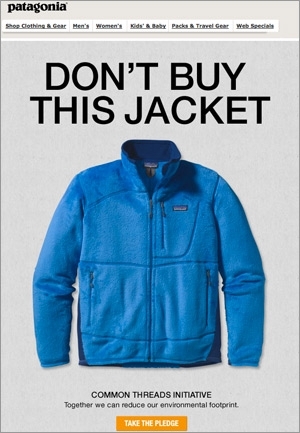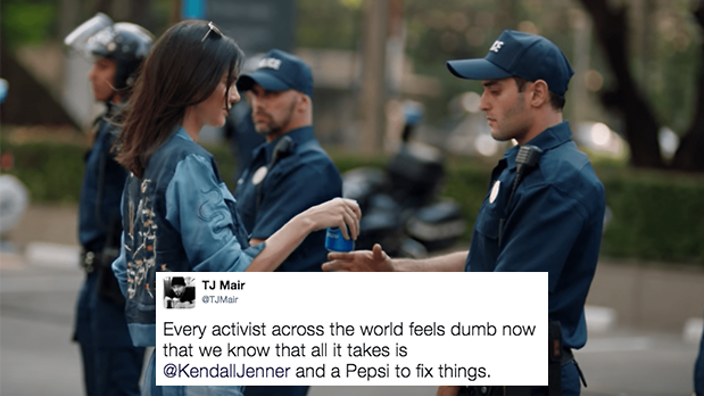
With the meteoric rise of cause marketing and corporate social responsibility, companies everywhere are jumping on the trend to stay current and boost sales amongst Gen-Zers and Millenials. 76% of Gen-Zers have purchased or would purchase from a brand that supports their beliefs and 67% would boycott a brand or consider boycotting a brand that stood against their beliefs (Forbes).
Brands are catching onto this trend quickly. With the expectation that brands should stand for something – or at the very least not stand for the wrong thing – the question becomes whether these cause marketing tactics should be regulated. If a company publicly claims they are doing immense good in advertisements, should laws be in place to ensure companies cannot lie or inflate their social impact? How would that be measured?

In a recent Whirlpool advertisement, the brand informs consumers that “thousands of kids miss school because they don’t have access to clean clothes.” The ad goes on to announce that Whirlpool is solving this laundry-absenteeism problem by installing Whirlpool washers and dryers in schools. While this is a noble pursuit, at first pass, this advertisement feels slightly inauthentic. As a washer-dryer company, Whirlpool is grasping at straws to see how they can jump into the CSR and cause marketing trend. Even if this advertisement at first seems like a reach – it raises another question of whether companies should be encouraged to grasp at straws to fit into the CSR space. At the end of the day, a portion of students are getting access to clean clothes when they couldn’t before.

Companies should be encouraged to help in any way they can and it’s a prosocial movement for Gen-Zers to demand social impact from their favorite brands. However, this still begs the question of how cause marketing and CSR efforts should be regulated. If everyone is doing it, should there be state or federal laws placed on advertisers to ensure the initiatives are authentic and truthful? For example, India requires all companies to donate 2% of their profits to charitable causes (Chhabra, 2014). This sort of regulation ensures that all companies claiming CSR social impact are authentically doing so since it is mandated by law. As for the United States, there is no federal law governing cause marketing or CSR. However, about 20 states have something called a Commercial Co-Venturer which requires a contract between the company and the nonprofit it claims to help. While this kind of law is a start, what is the future of CSR and cause marketing? Should the U.S. require large corporations to donate a portion of their profits? If not, should companies at least be held responsible for their claims made in advertising? Perhaps a tool could be introduced for marketers and advertisers that measures their claims. With the CSR and cause marketing trend booming, it’s unclear what the future of this field will hold and how laws and policies will respond.
Sources:
https://www.thedrum.com/news/2019/06/19/cause-marketing-best-and-worst-brand-purpose-campaigns
https://www.patagonia.com/blog/2011/11/dont-buy-this-jacket-black-friday-and-the-new-york-times/

4 Responses to Cause Marketing: How Should It Be Regulated?